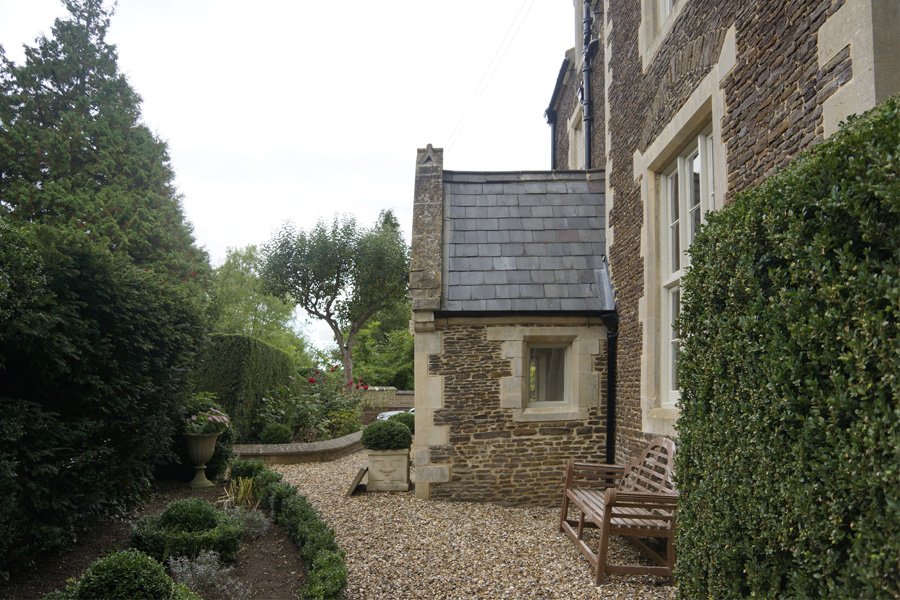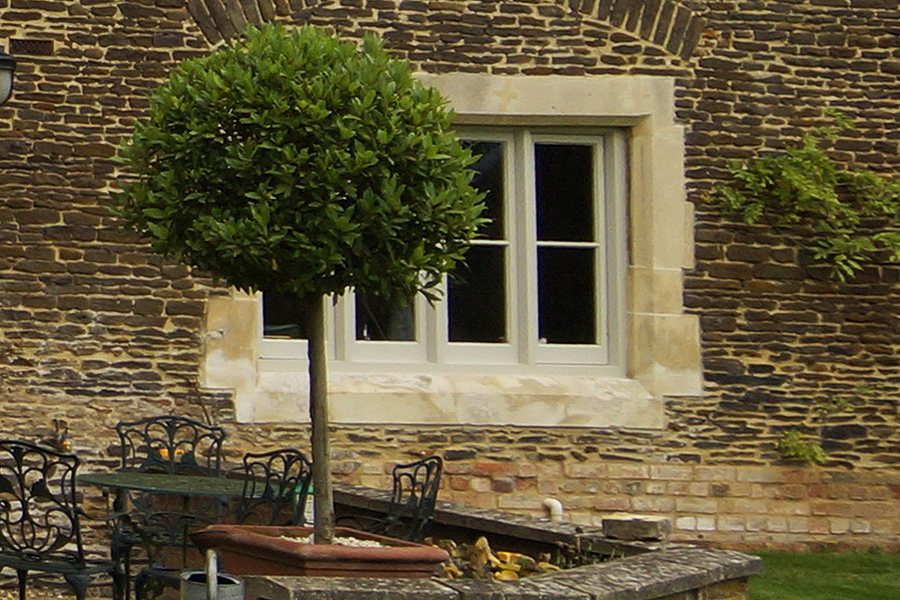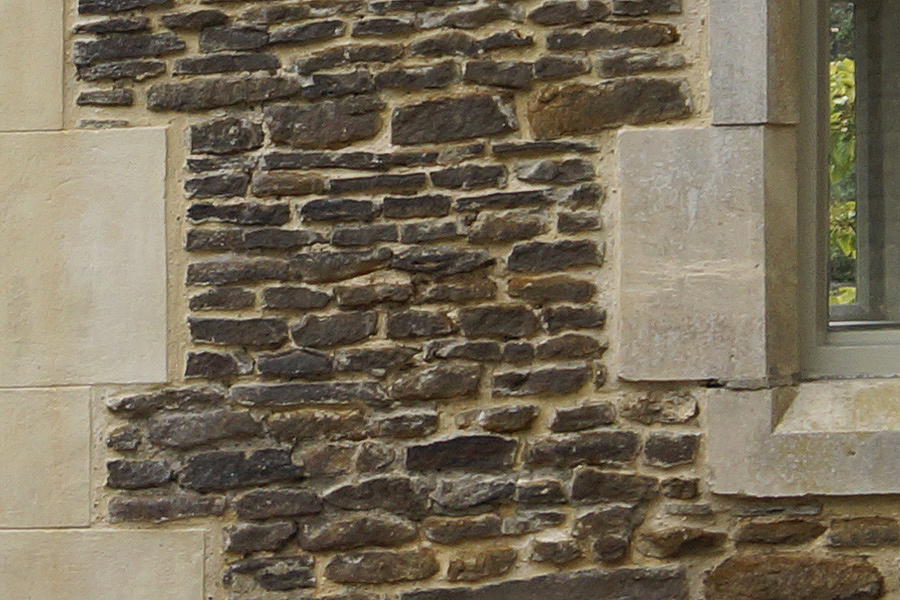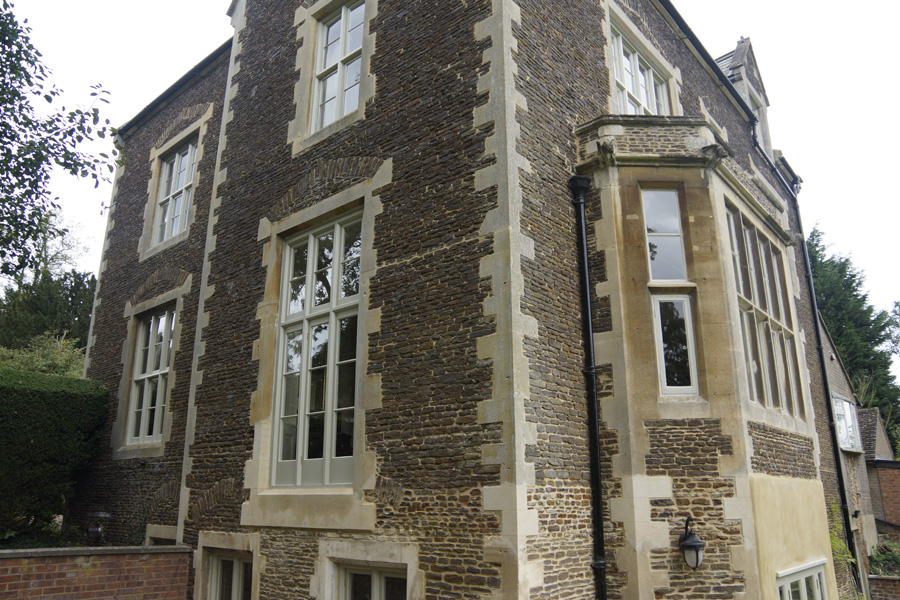Traditional Brick and Stone Work
We undertake all traditional brickwork using sympathetic and professional approach. We offer site visits, reports and specifications for historic and decorative brickwork including specialist pointing, jointing, craftsmanship, failure, restoration and conservation repairs.
We use only traditional methods, materials and lime mortars and understand the importance of historic buildings and are very sympathetic when repairing / restoring any building.
Choosing or matching the right type of brick is of paramount importance Walls constructed of porous brick and lime mortar and which are plastered with lime plasters are said to be ‘breathable’, as are brick or flag floors. In the winter months, the combination of large open fires and draughts from ill-fitting windows and doors kept a flow of warmed air running through a building and so enhanced the evaporation of moisture from walls and floors. The end result was a dry building with little sign of damp internally. It worked well, particularly when you consider that damp-proof courses in wall bases and under-floor membranes were only common from the mid-19th century.
In addition to solid wall construction, an early use of brick was for infilling timber frames. In houses, the frame and infill was usually plastered on the inside and sometimes rendered on the outside too, to draughtproof the construction. Thinner walls in old buildings, say 8 inches thick, that feel solid when tapped, might well indicate a brick infill to a timber frame. The thickness here is controlled by the size of the timber posts and beams used in construction, which remain structural in performance.
Portland cement-rich mortars should never be used to point historic brickwork as these are far too hard and impervious, forcing water to evaporate through the brick. Furthermore, pointing is always shallow; the rigid grip of the cement is confined to a depth of just half an inch of brick, so any movement in the wall can cause the face of the brick to fail.




